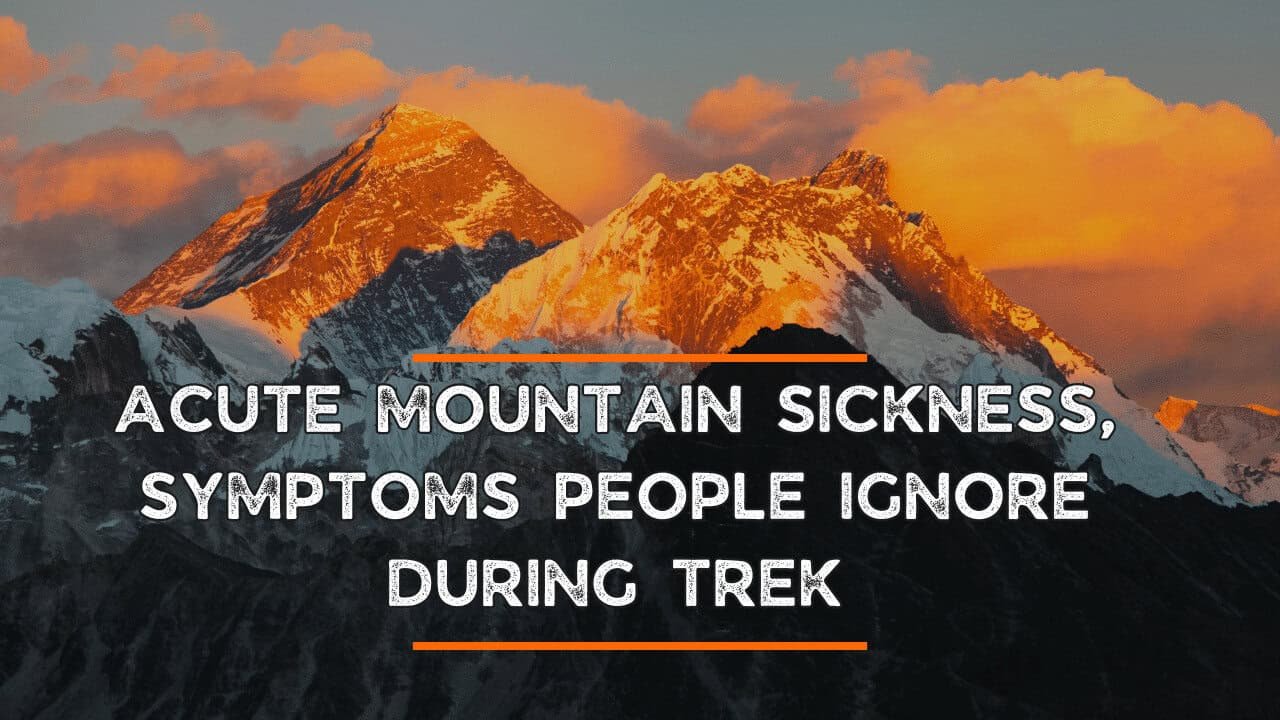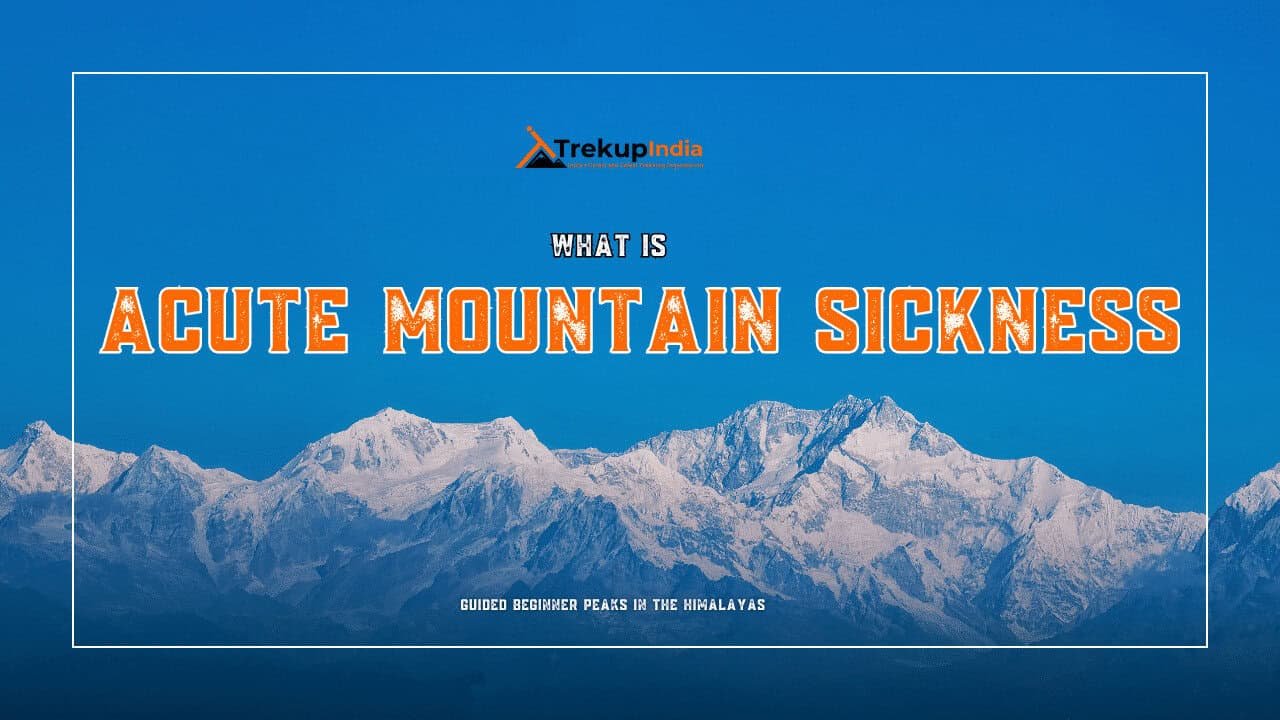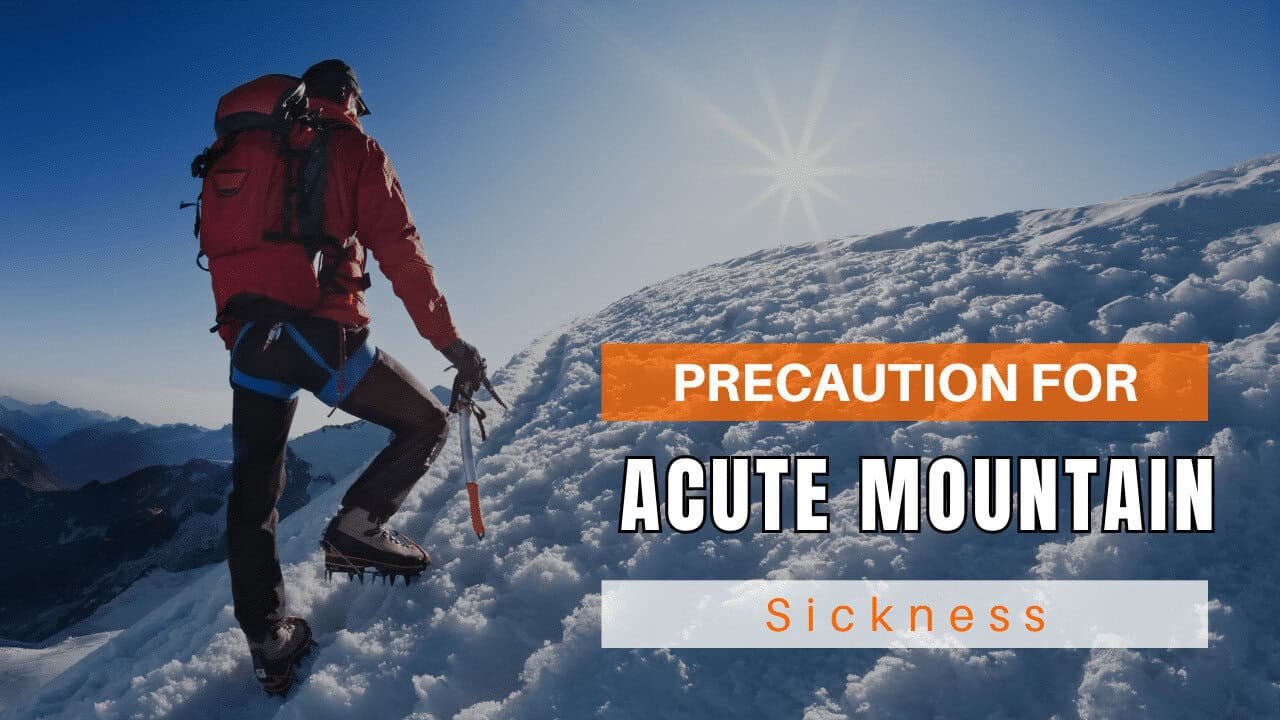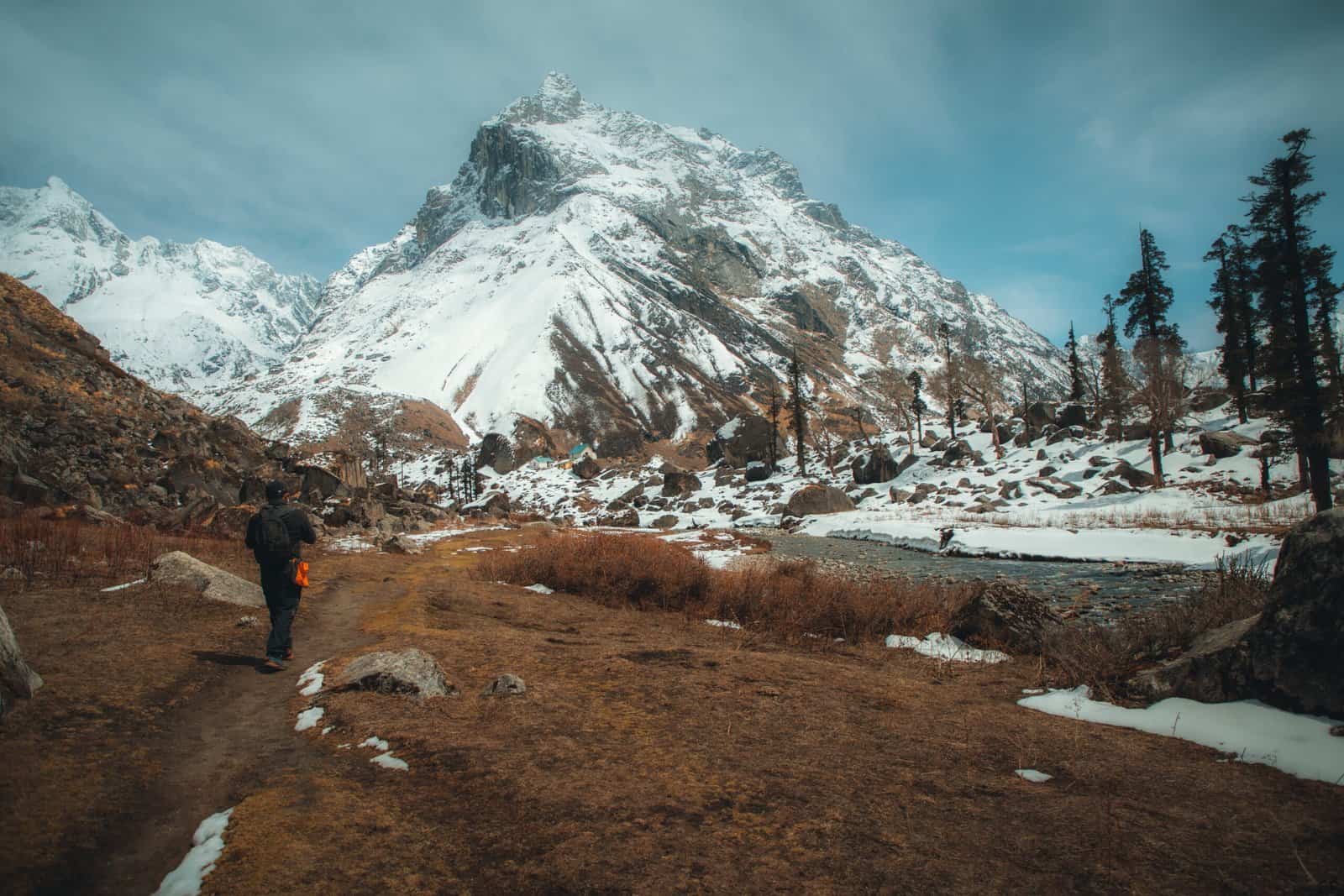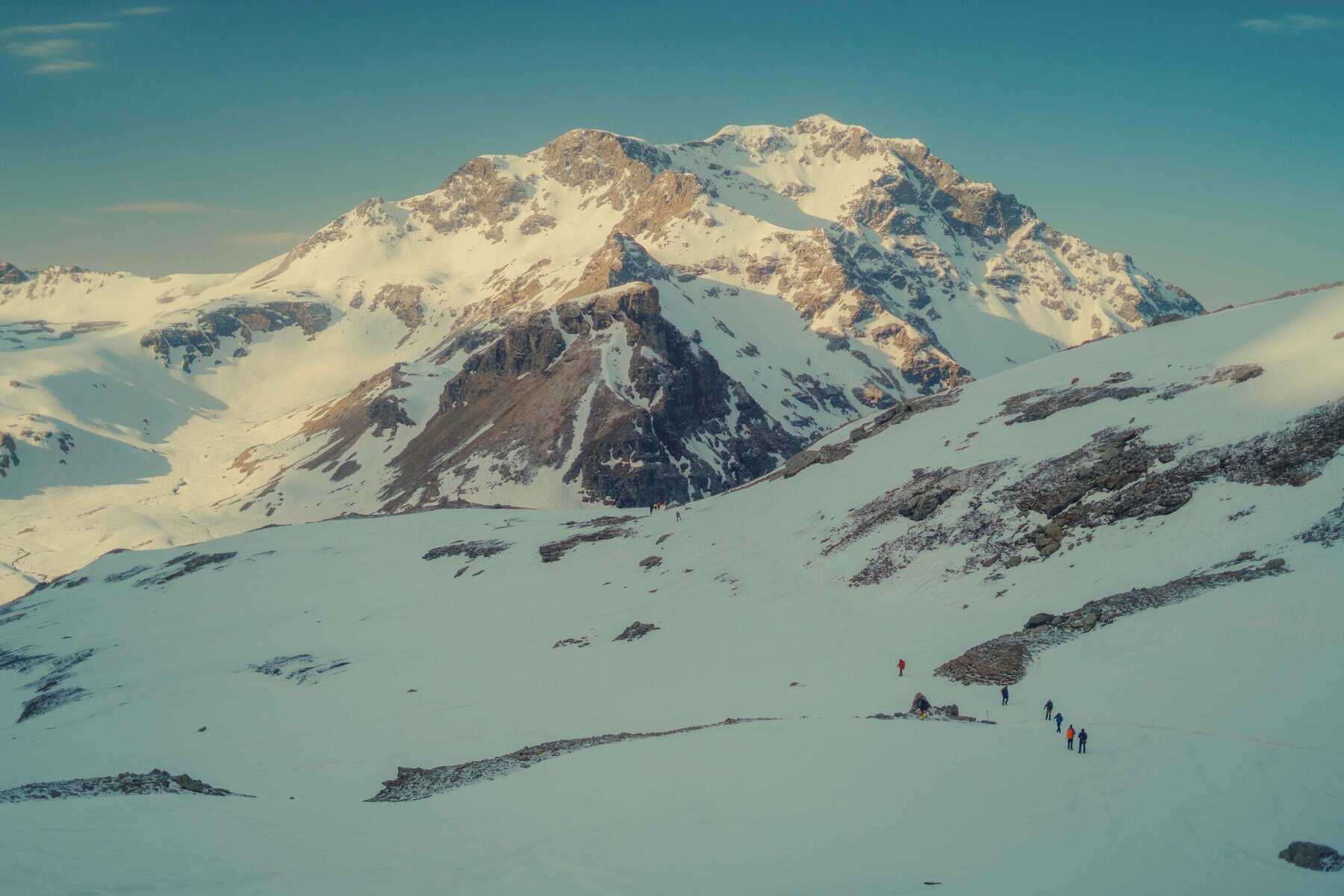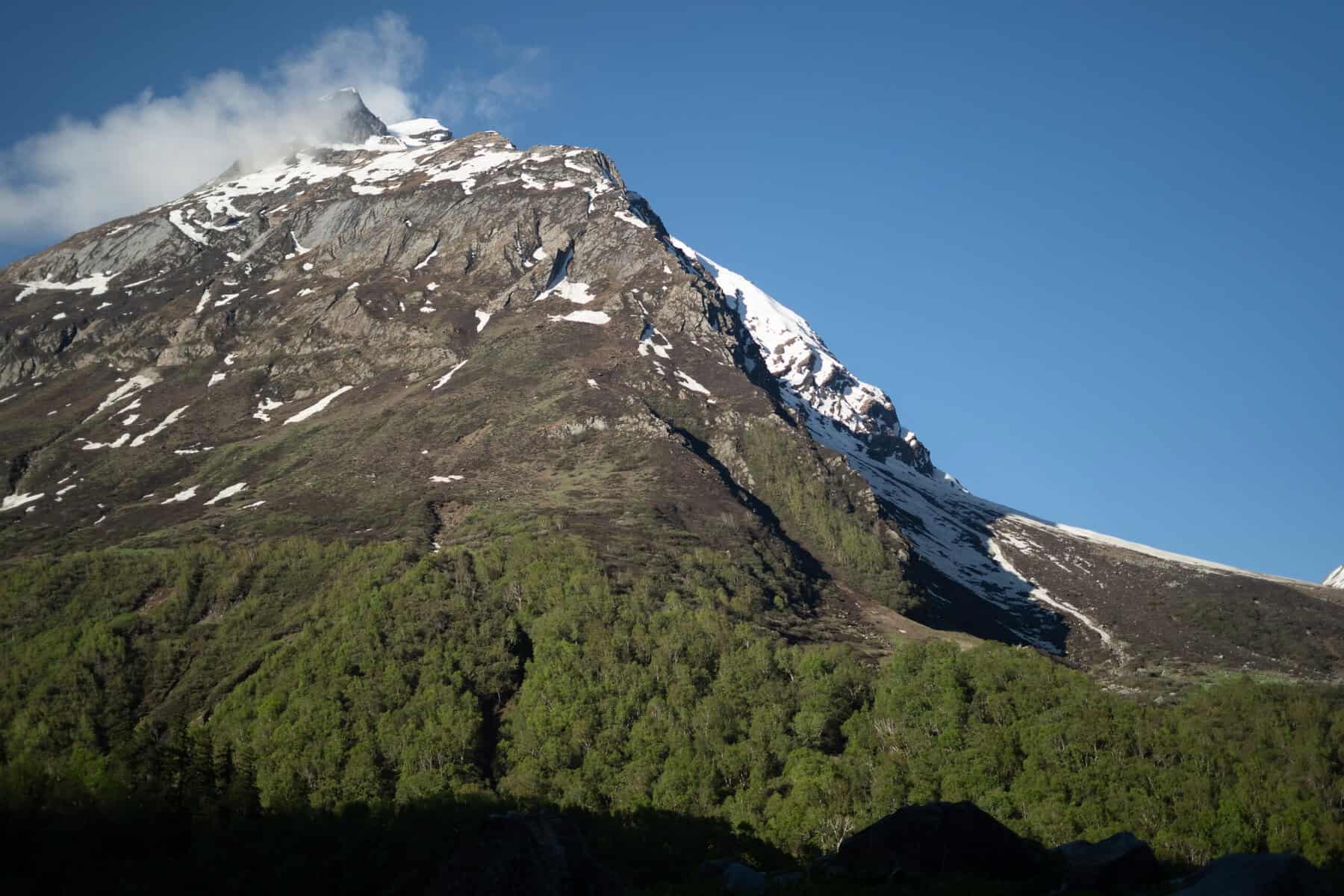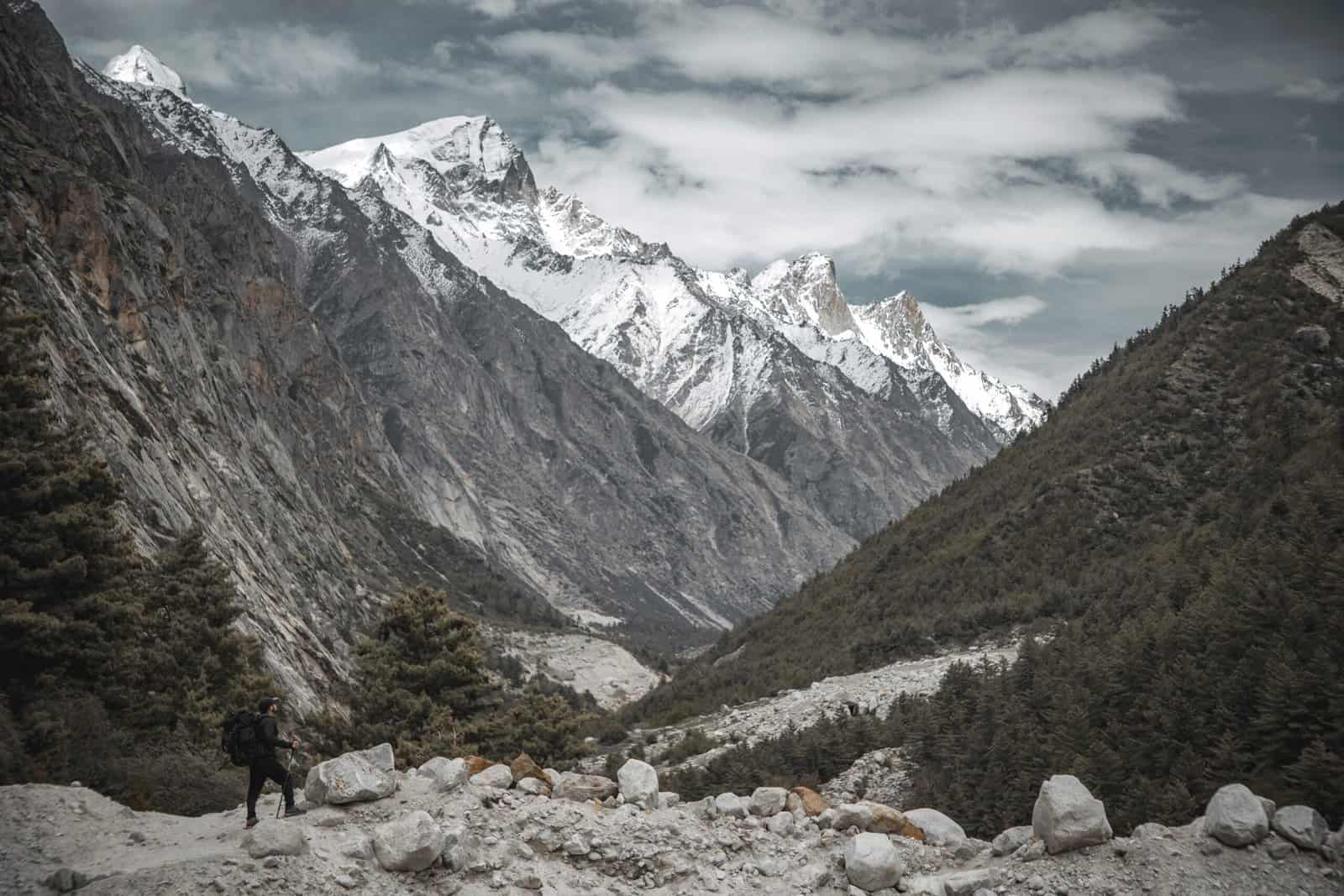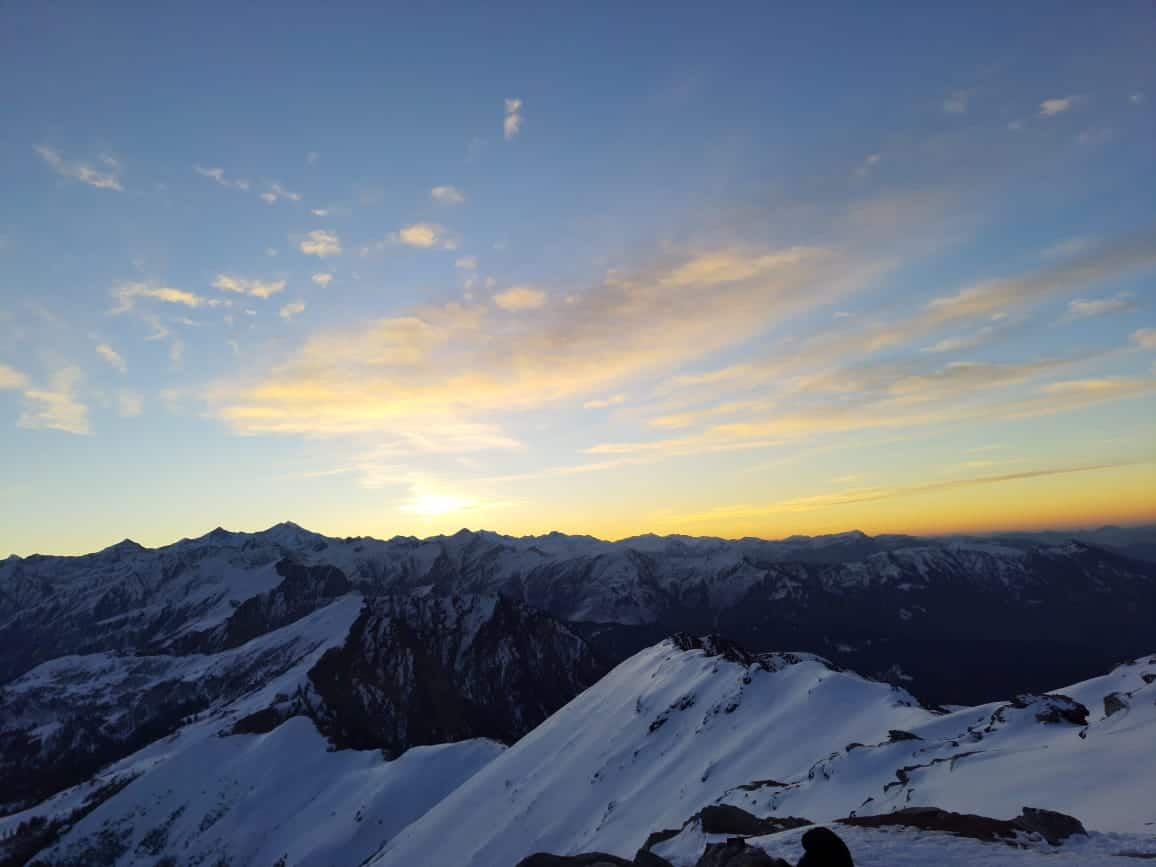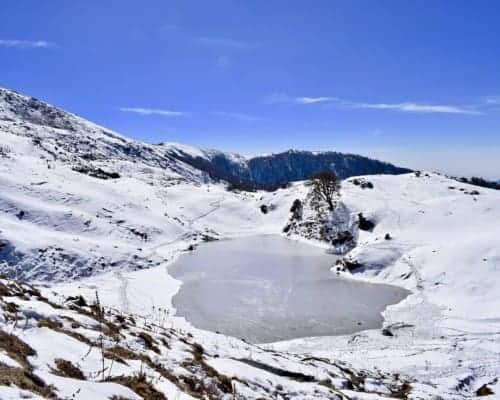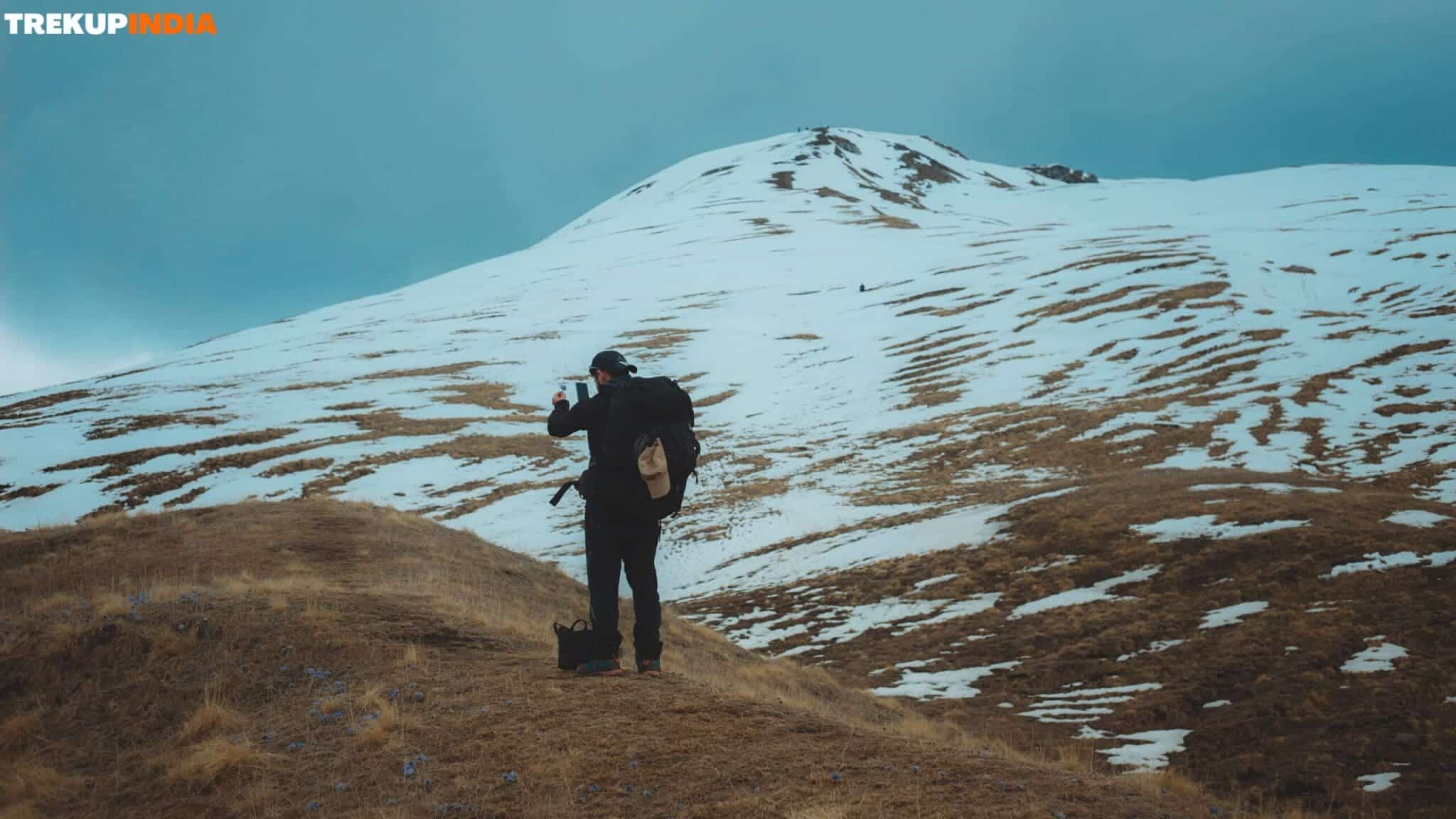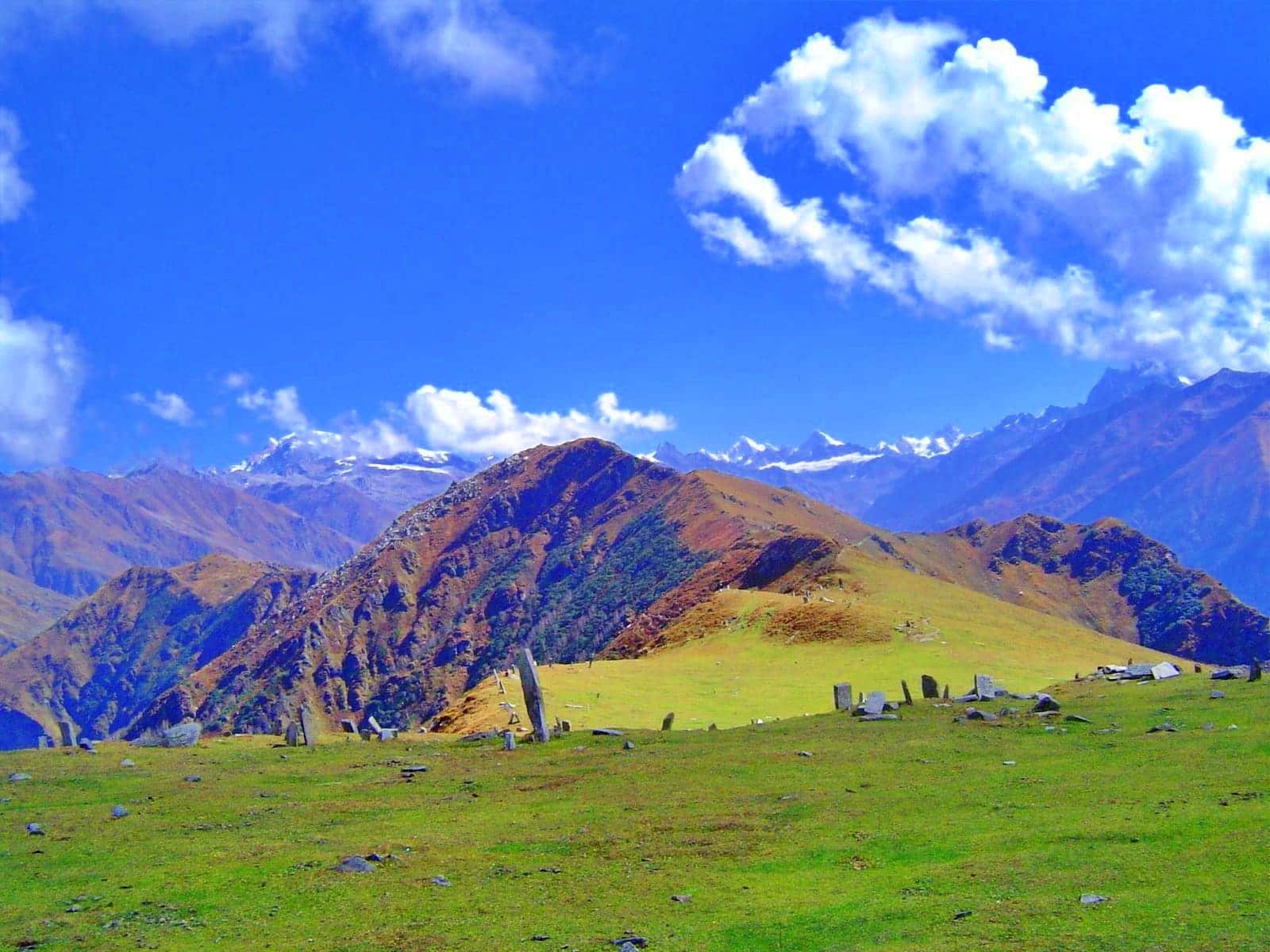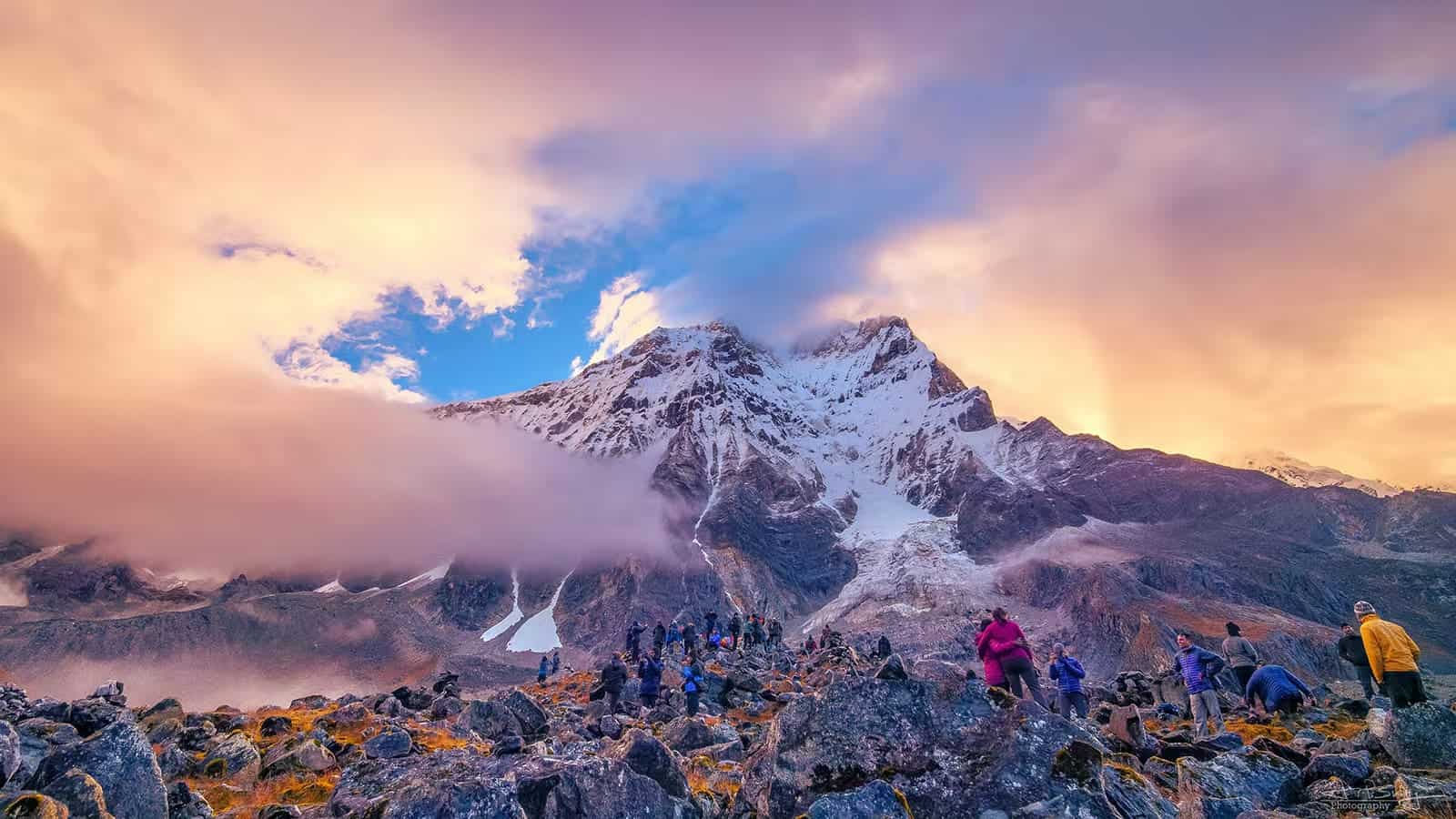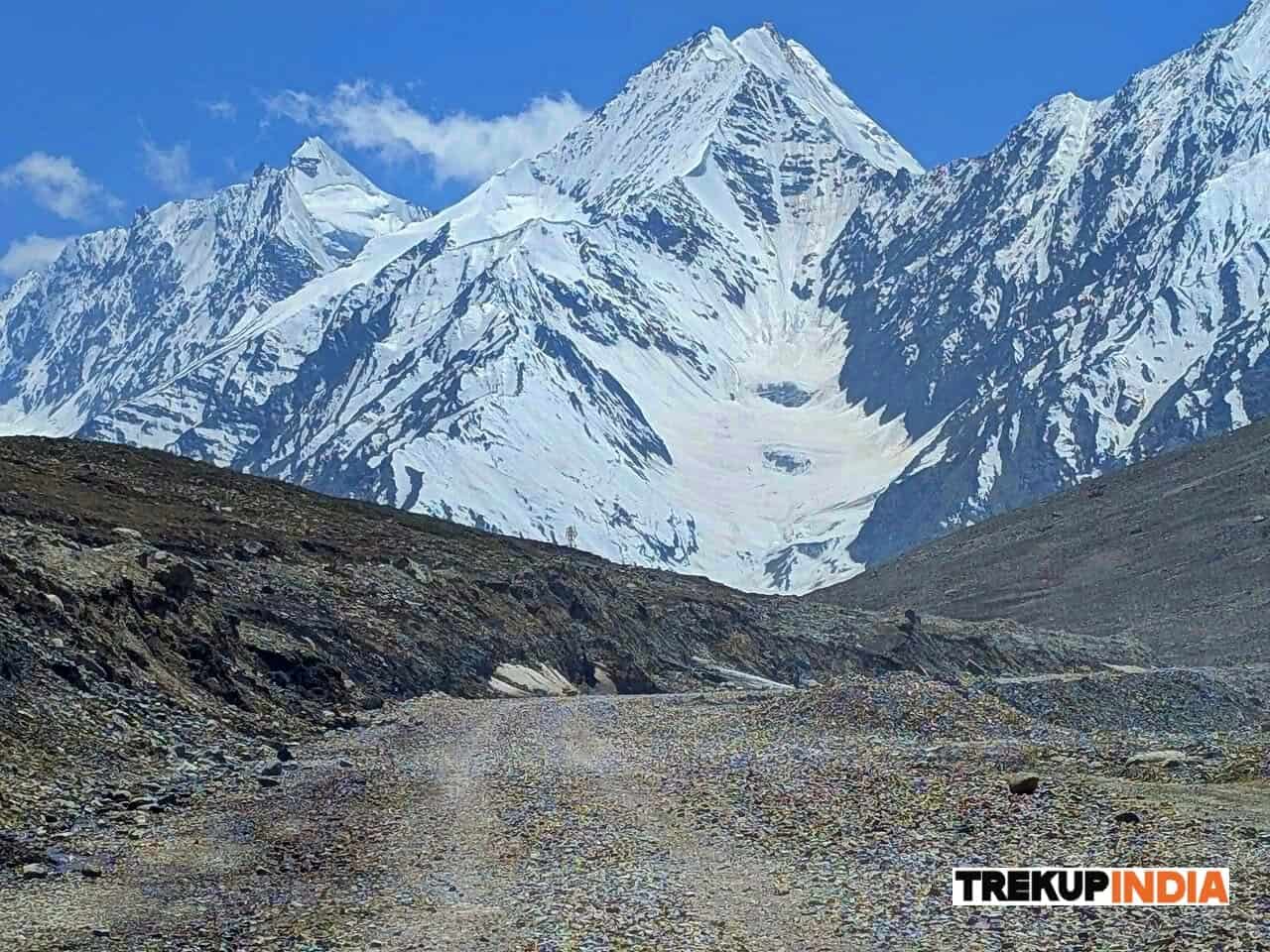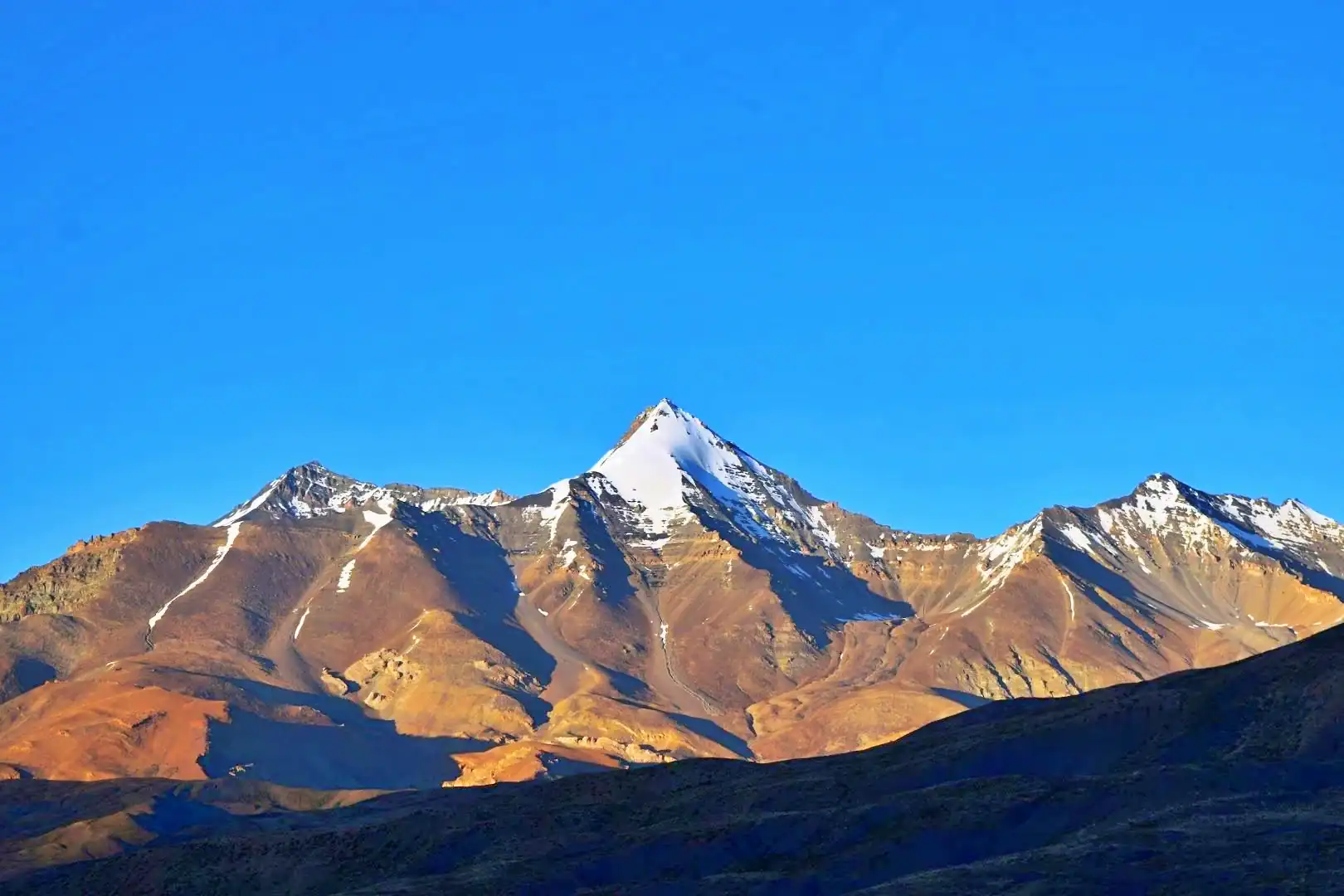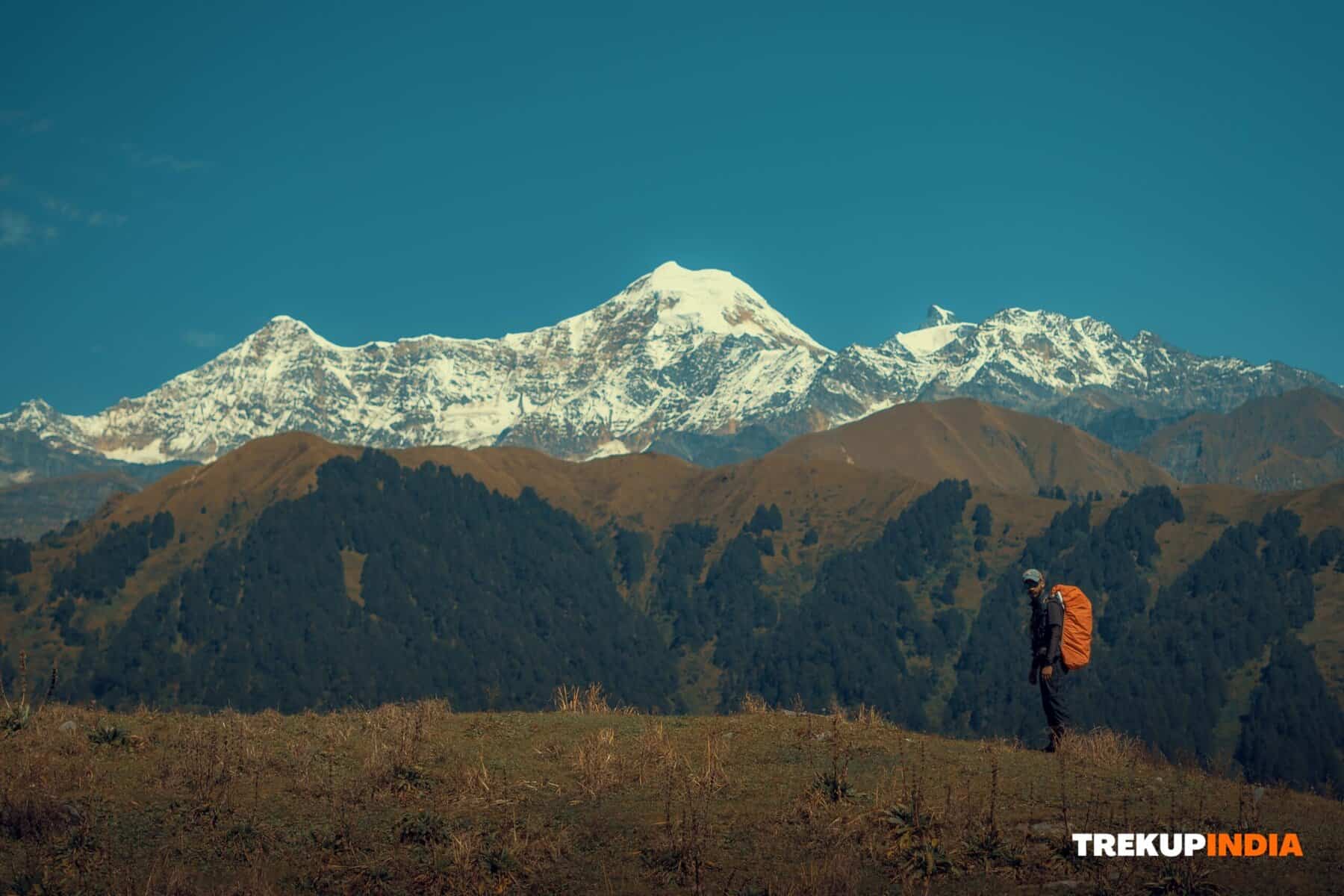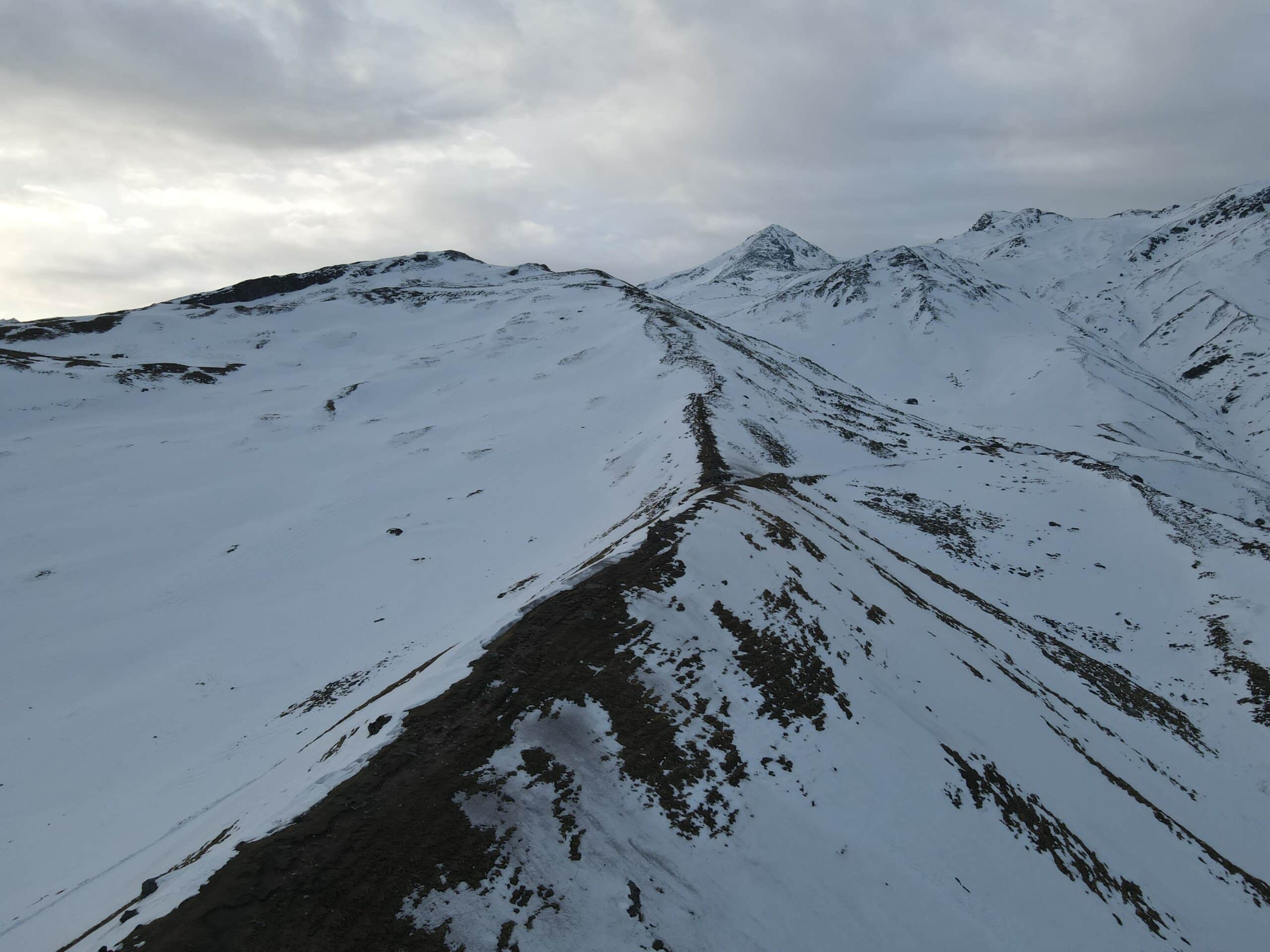The Ultimate Guide: Down Jackets vs Padded Jackets
Down vs. Padded Jackets: Which Should You Choose for Your Trek?
There’s a certain chill in the air that creeps across your body and sends a shiver down your spine. In these moments, your jacket becomes your first line of defense — a shield against the elements that would otherwise leave you exposed to the cold.
When it comes to cold-weather trekking, two of the most popular choices are down jackets and padded (synthetic) jackets. Each has its own strengths and limitations, and choosing the right one can make a significant difference in your trekking experience.
So, is a down jacket better than a padded jacket?
That depends on your priorities — whether you’re braving freezing mornings at high altitudes and need extra warmth, or prefer a lighter, more breathable option for active movement on steep terrain. This guide will walk you through the key differences, helping you make an informed decision based on the conditions you’ll be trekking in — not guesswork.
Read on for a breakdown of each jacket type, including:
Insulation and warmth
Weight and packability
Performance in wet conditions
Durability and maintenance
Price considerations
By the end of this guide, you’ll be able to choose the jacket that best fits your adventure style — whether you’re summiting icy peaks or exploring cooler trails closer to home.
Down Jackets: Nature's Champion of Warmth
Down Jackets: Pros and Cons for Trekkers
Down jackets are insulated using the fine feathers—typically from geese or ducks—that lie beneath the tougher exterior feathers. These feathers are prized for their incredible insulating properties, thanks to their ability to trap heat in countless tiny air pockets formed by the feather structure. This natural insulation makes down an ideal material for cold-weather gear.
Advantages of Down Jackets
1. Superior Warmth-to-Weight Ratio
Down insulation offers exceptional warmth with minimal bulk. This makes down jackets ideal for long treks, where reducing weight can significantly decrease fatigue over time.
2. Excellent Compressibility
One of the major benefits of down jackets is how compact they become when packed. They can be stuffed into small pouches or corners of your backpack, saving valuable space without compromising warmth.
3. Good Breathability
High-quality down jackets allow for adequate ventilation, making them suitable for moderate trekking activity where perspiration management is key.
Disadvantages of Down Jackets
1. Poor Performance in Wet Conditions
When down gets wet, it loses its loft — and with it, most of its insulating capability. Unless treated with a water-resistant coating, a down jacket can quickly become ineffective in rain or heavy snow.
2. Long Drying Time
If soaked, down takes significantly longer to dry compared to synthetic insulation. This can be problematic on multi-day treks, especially in cold or humid conditions.
3. Allergen Sensitivity
Some individuals may be allergic to down feathers, experiencing respiratory irritation or skin discomfort when wearing such jackets.
4. Ethical and Environmental Concerns
The production of down can raise animal welfare issues. Ethical trekkers may prefer jackets certified by standards such as the Responsible Down Standard (RDS), which ensures humane sourcing practices.
Padded Jackets: Synthetic Solutions
Padded Jackets: Pros and Cons for Trekkers
Padded jackets, also known as synthetic insulated jackets, use man-made fibres—typically polyester—to mimic the heat-retaining properties of natural down. These fibres trap warm air in small pockets, providing effective insulation even in wet conditions.
Advantages of Padded Jackets
1. Water Resistance
Unlike down, synthetic insulation retains its insulating properties when wet. This makes padded jackets ideal for treks in regions with unpredictable weather or frequent rainfall.
2. Quick Drying Time
Padded jackets dry significantly faster than down jackets. This ensures continued comfort and warmth after exposure to rain or snow.
3. Hypoallergenic
Synthetic materials are generally hypoallergenic, making padded jackets a safer choice for individuals with feather allergies or sensitivities.
4. More Affordable
For similar warmth levels, padded jackets are typically more cost-effective than down alternatives, making them an accessible option for most trekkers.
Disadvantages of Padded Jackets
1. Lower Warmth-to-Weight Ratio
Synthetic insulation is heavier and bulkier than down. For trekkers who prioritize lightweight gear, this can be a drawback.
2. Less Compressible
Padded jackets do not compress as well as down jackets, taking up more space in your backpack—a concern during multi-day or minimalist treks.
3. Reduced Breathability
During high-exertion activities, synthetic insulation tends to trap more heat and moisture, potentially causing discomfort in warmer or humid conditions.
Final Thoughts
When deciding between a down jacket and a padded (synthetic) jacket, consider the following key questions:
Will you be trekking in wet or unpredictable weather?
Is packability and weight a high priority?
Are you concerned about allergies or ethical sourcing?
Do you want a more budget-friendly option?
The best jacket for you depends on the terrain, climate, and duration of your trek, as well as your personal comfort preferences.
Choosing the Right Jacket: A Balancing Act
Choosing the Right Jacket: Key Considerations
Selecting the ideal trekking jacket ultimately depends on a few critical factors tailored to your specific needs and preferences:
1. Climate and Conditions
Assess the weather conditions expected during your trek.
For wet, snowy, or unpredictable weather, a padded jacket with synthetic insulation and water-repellent properties is more reliable.
For cold, dry environments, a down jacket provides superior warmth and insulation, especially in high-altitude or winter treks.
2. Trekking Style and Intensity
Your trekking goals also influence the best choice.
If you’re focused on lightweight travel and speed, a down jacket offers an excellent warmth-to-weight ratio.
If you’re a budget-conscious trekker or anticipate variable weather, a padded jacket may be the more practical, all-around solution.
3. Personal Comfort and Priorities
Evaluate what matters most to you.
Do you prioritize maximum warmth and packability, even at a higher cost?
Or do you prefer better weather resistance, quicker drying time, and affordability, even if the jacket is slightly bulkier?
By weighing these factors—climate, trekking style, and personal comfort—you can make a well-informed choice that enhances your trekking experience without compromising safety or performance.
Beyond Down vs. Padded: Additional Considerations
Additional Key Features to Consider
When evaluating trekking jackets—whether down or padded—look beyond basic insulation and consider these essential features:
1. Functional Design Elements
Adjustable Hoods and Cuffs: Look for jackets with adjustable features to seal in warmth and block out wind, rain, and snow.
Waterproof Outer Fabric: Especially important for unpredictable weather, a waterproof or water-resistant outer shell enhances protection and extends the life of the jacket.
2. Fill Power (For Down Jackets)
What it means: Fill power measures the loft or “fluffiness” of the down, which directly correlates with its insulating efficiency.
Why it matters: Higher fill power (e.g., 700–900) provides more warmth per gram, offering better insulation without adding bulk or weight.
3. Fill Weight (For Padded Jackets)
What it means: Fill weight refers to the actual amount of synthetic insulation used in the jacket.
Why it matters: A higher fill weight typically means thicker insulation, resulting in greater warmth. However, it can also increase the jacket’s overall weight and bulk.
By understanding these technical aspects, you can better evaluate the warmth, functionality, and practicality of different jackets, ensuring you choose one that aligns with your trekking goals and the conditions you’ll face.
Making an Informed Decision
There is no definitive “best” option when choosing between down and padded jackets. Each type offers distinct advantages and limitations. By understanding their key differences—and carefully considering your trekking style, climate conditions, and personal preferences—you can make an informed decision. The right jacket isn’t just an item of gear; it becomes a reliable companion that enhances your comfort, safety, and overall trekking experience. Choose wisely, and it will serve you well on every trail ahead.
About Author

Preetam Singh Rawat (Founder)
The person behind this trekking organization is someone who’s spent over a decade – 12 years, to be exact – living and breathing the mountains. With multiple high altitude summits under his belt (we’re talking 6000 to 7000 meter peaks), he’s not just experienced – he’s the real deal.
But what really sets him apart is the sheer number of treks he has guided. He has led over 200 Himalayan expeditions, including well known routes like Bali Pass, Buran Ghati, Rupin Pass, Pin Bhabha, Stok Kangri, and Black Peak. Not just once, but multiple times. So yeah, when it comes to the Himalayas, he knows every twist in the trail and every story the mountains have to tell.
Got questions or want to get in touch? Write to Preetam at preetam@trekupindia.com. He’s always happy to chat about treks, answer your questions, or help you prepare for your next big adventure.
Share this article
Dates For Upcoming Treks
Want To Trek Like Pro?
Basically, watch these videos if you want to trek the same way professional trekkers do and make your skills better. These videos contain useful tips and techniques to further improve your trekking skills itself. These videos actually help both new and experienced trekkers improve their trekking skills. These videos definitely provide useful tips that make your trek better. We are seeing that these videos by Trekup India experts will only help you make your trekking skills better.
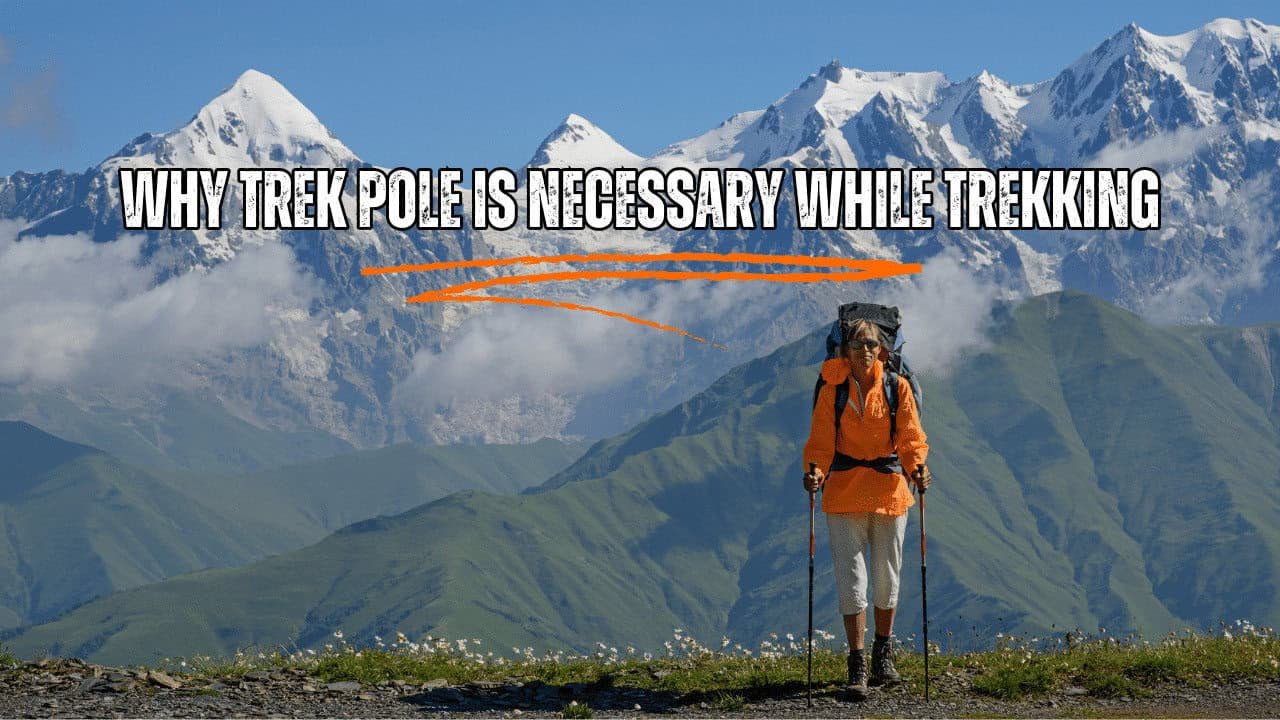
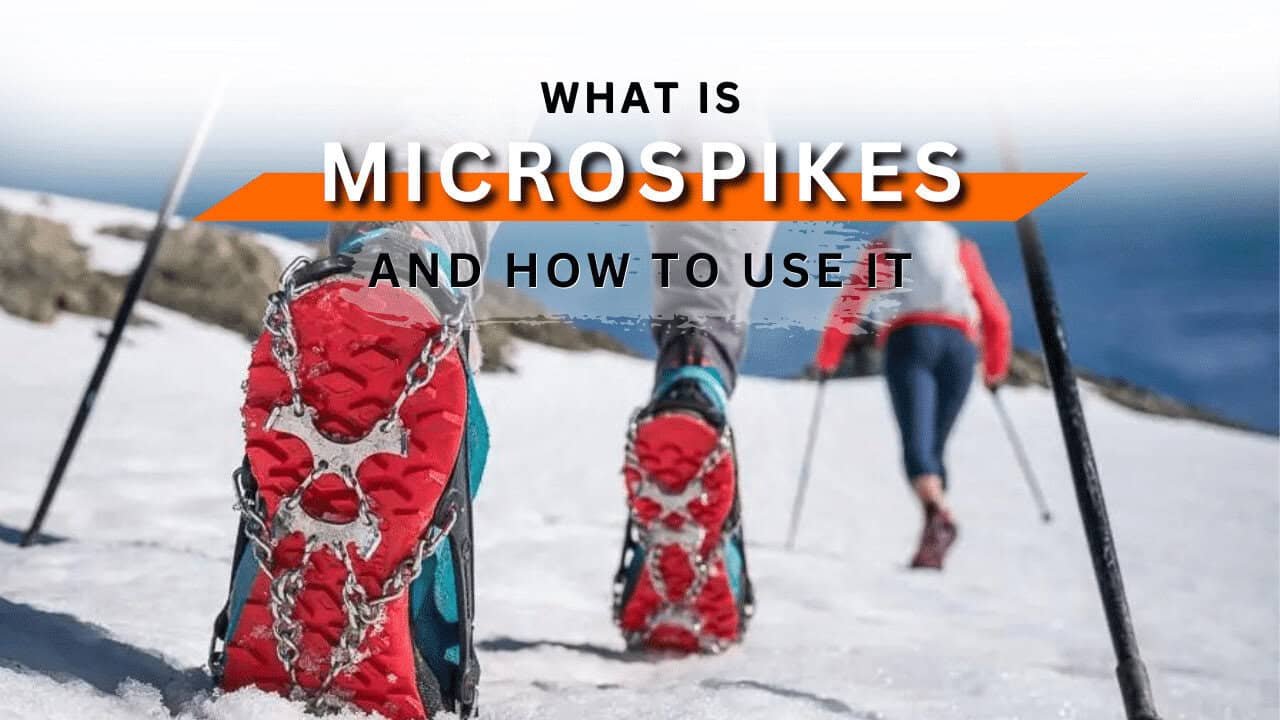
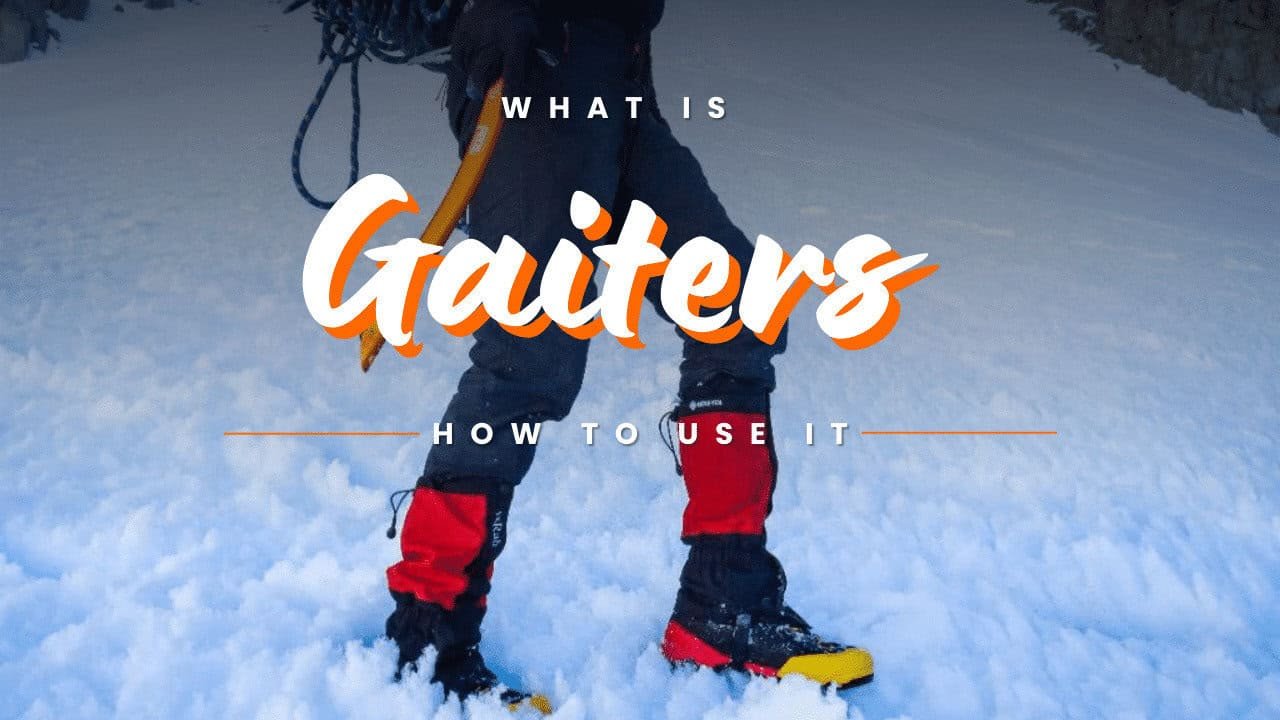
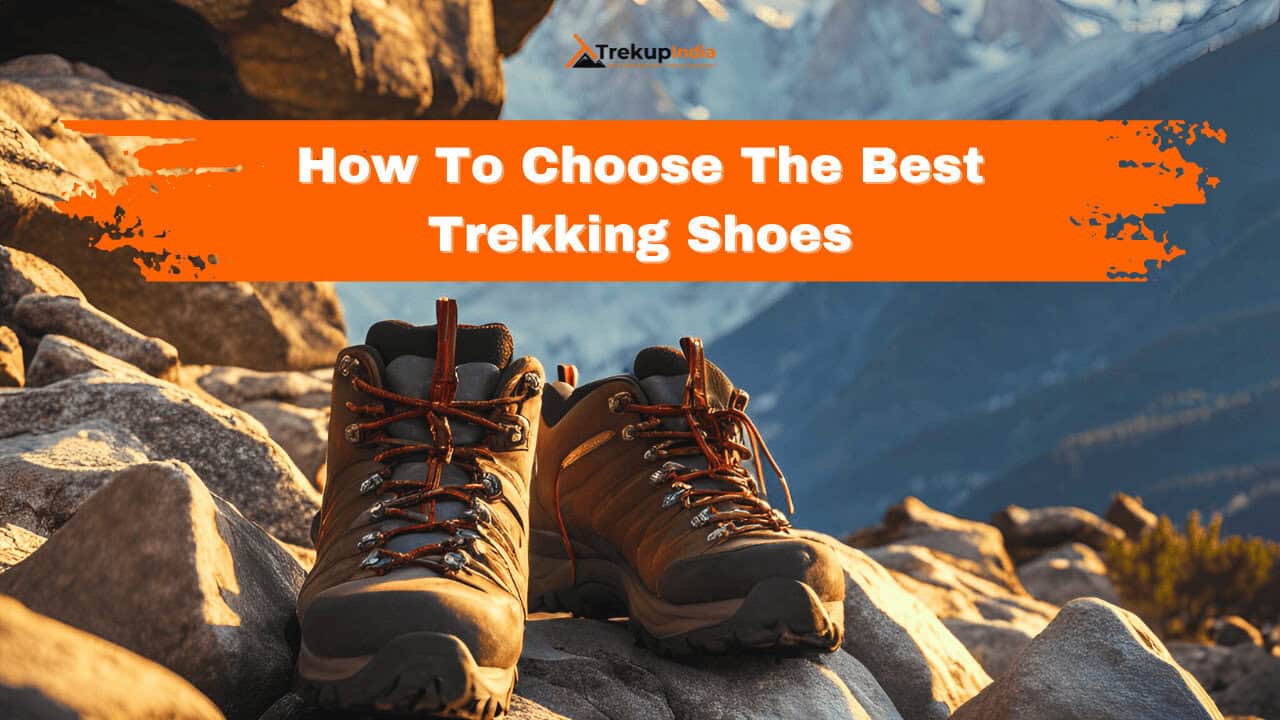

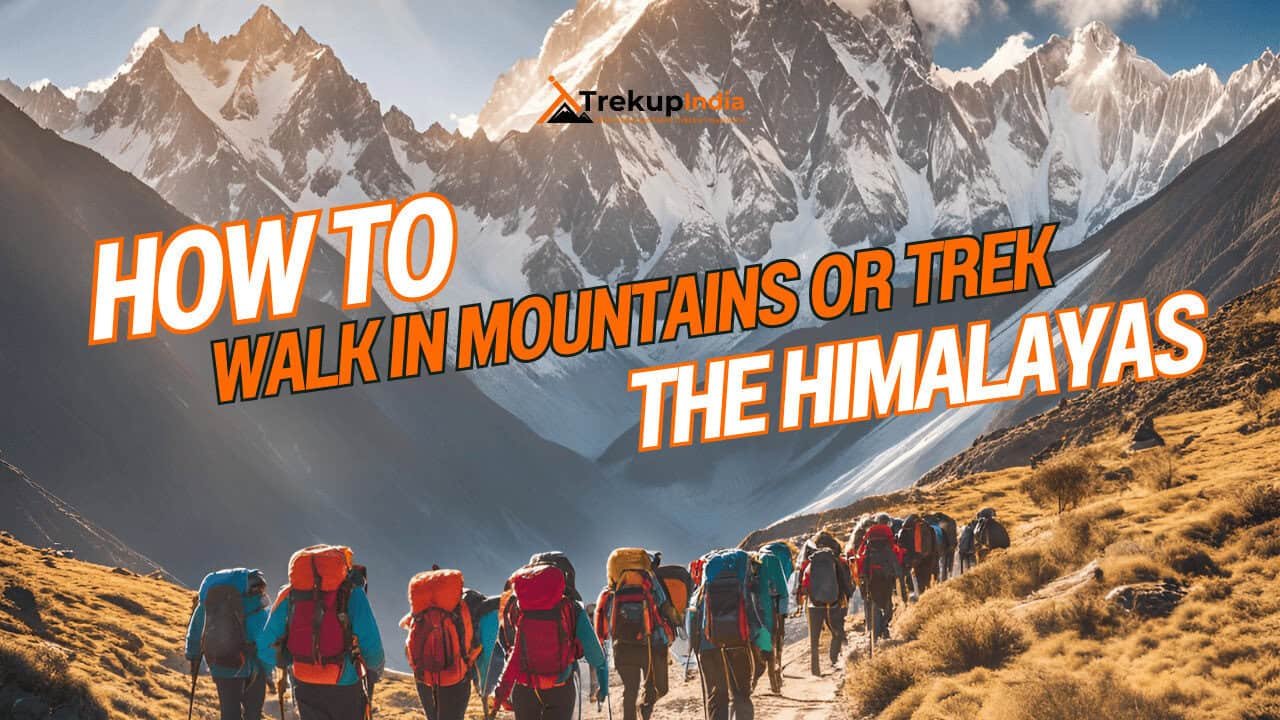

Know Everything About Acute Mountain Sickness
Acute Mountain Sickness occurs when people trek to high altitudes above 8,000 feet. This condition itself develops further due to reduced oxygen levels at such heights. Basically, as you go higher up, the air pressure and oxygen levels decrease, which causes the same problem. Acute Mountain Sickness surely causes headache, nausea, vomiting, and dizziness in affected persons. Moreover, peoples also experience difficulty in sleeping during this condition. To avoid mountain sickness, you should actually trek up slowly to higher altitudes. To learn further about this condition itself, watch the videos by Trekup India.
